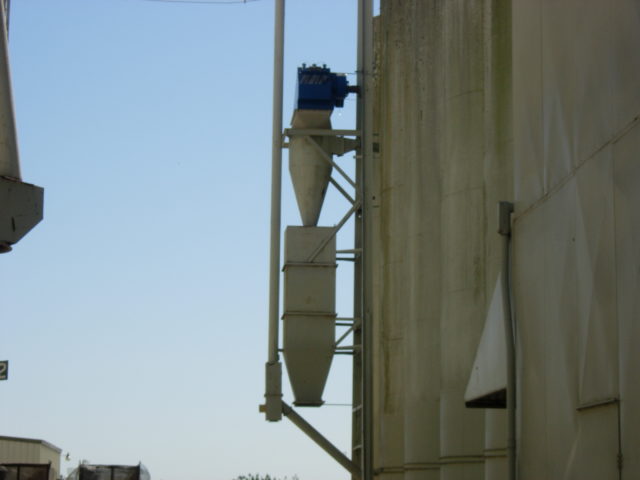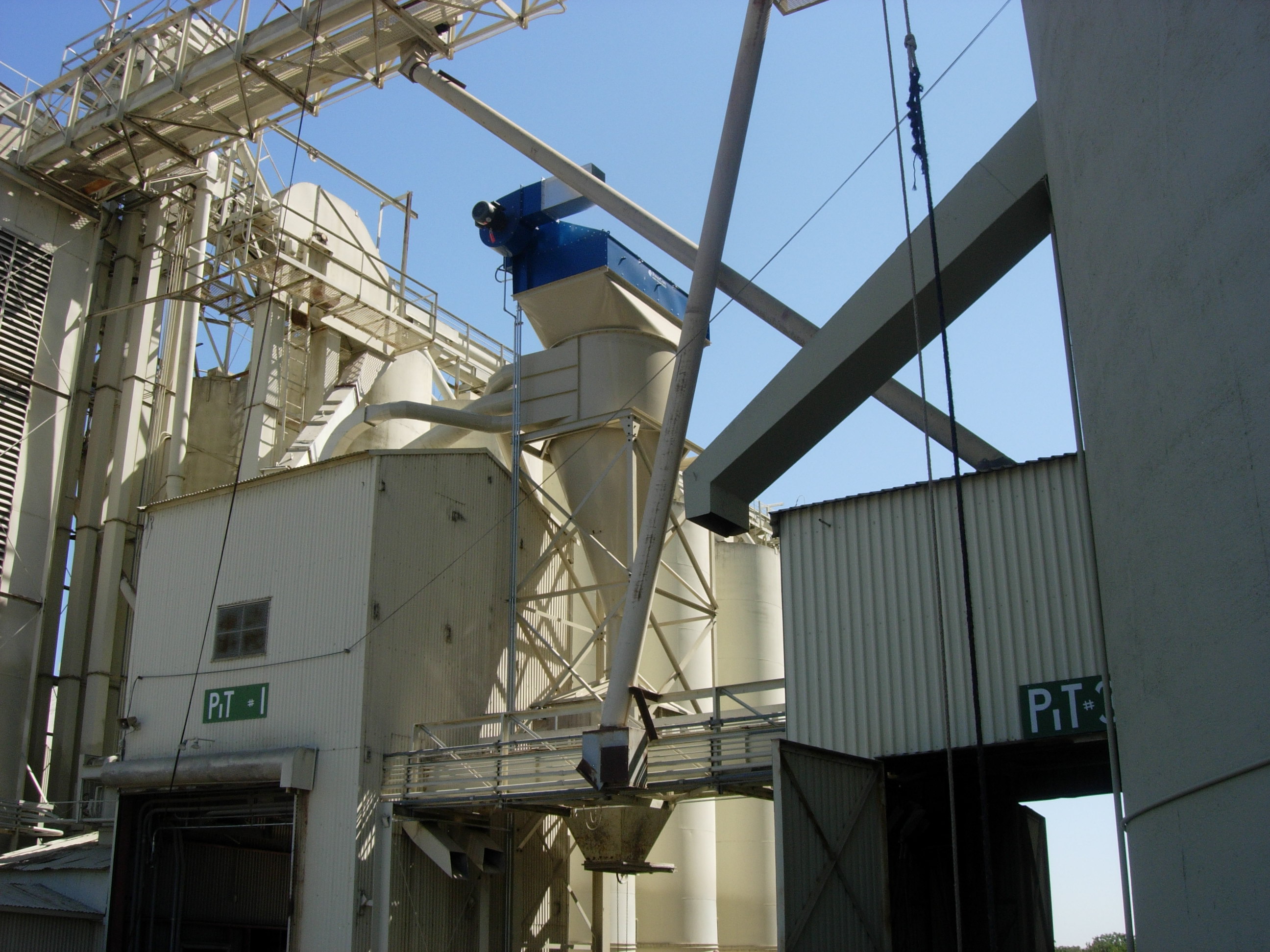
Cyclone dust collectors rely on centrifugal force to remove larger dust particulates from the air in industrial applications. This type of dust collector uses a mechanical separator, usually a helical baffle, and a tapering cylindrical shape to remove dust and dirt, which then drops into a collection hopper once the dust loses velocity.
Most often, cyclone dust collectors are used either as an initial dust extraction method, before air moves to a more granular dust collector, or in facilities where particle reclamation is preferred.
How Cyclone Dust Collectors Work
Dirty air enters through an intake inlet, where it hits a helical baffle. The air is pulled through by a powered fan or vacuum.
The air is diverted by the helix-shaped baffle, and it moves against the interior walls of the cyclone housing. The cyclone is wider at the top, and tapers down to the bottom, in an inverted cone shape. This cause the air to move in a “cyclone” vortex pattern.
Heavier dust is carried by centrifugal force to the bottom of the unit, where it drops into a collection area.
Clean air is carried through an inner cylinder to an outlet valve, where it is expelled to a secondary dust collector unit, or to the outside air.
Features of Cyclone Collectors
Generally, cyclone dust collectors are used in facilities with high dust load, or high temperature applications.
Cyclone dust collectors filter out coarse particles, larger than 10 microns in diameter. The filtered air is usually sent to a second-stage collector for further filtration or expelled through an air outlet.
Because cyclonic collectors use a mechanical separator and centrifugal force, there is little maintenance required to keep them operational. This also means they are cost efficient for removing larger particle from the air.
Cyclone collectors may be used as a pre-cleaning mechanism in a multi-stage industrial air filtration system.
Sometimes, cyclone dust collectors are fitted with a filtering bag for increased fractional efficiency, which is the ratio of particles collected versus the number of particles entering the dust collection housing.
Cyclone Filtration Applications
- Woodworking
- Mining
- Machining
- Cutting
- Grinding
- Agricultural
- Quarries
Cyclone dust collectors do not work well for sticky materials, due to adhesion on the collector walls. These types of duct collectors work best with dry materials or mist. One advantage of cyclone collectors is a small footprint compared to other dust collection solutions.
Get a Consultation
If you’d like more information on cyclone dust collectors, and whether they are right for your facility, contact us for more details.
